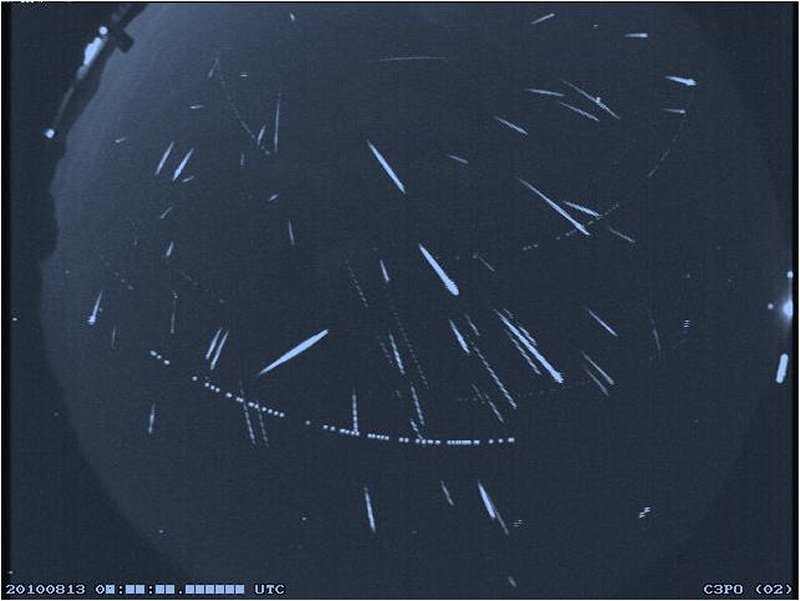
Celestron NexStar 130SLT Review | What is the Best Beginner Telescope?
130mm Aperture Newtonian Reflector Telescope with SkyAlign Go-To ComputerCredit: Space.com Reflector Telescopes: Newton Astride a Tripod Bright guy, Sir Isaac Newton: He managed to distill the mechanics of our local universe down to three simple laws of motion. He developed much of mathematical calculus. And he harnessed the magnification properties of concave mirrors to drive […]

Solar Eclipses: An Observer's Guide (Infographic)
by Karl Tate , SPACE.com Infographics Artist | September 11, 2015 09:29am ET Editor’s note: The next solar eclipse will occur on Sunday, Sept. 13, 2015. It will be a partial solar eclipse that will be visible primarily from South Africa and Antarctica. The next lunar eclipse will be a total lunar eclipse on Sept. […]
NASA's Kepler Releases New Catalog- 2,321 Planet Candidates
Since science operations began in May 2009, the Kepler team has released two catalogs of transiting planet candidates. original
Mini Planetary System
This artist’s concept depicts an itsy bitsy planetary system – so compact, in fact, that it’s more like Jupiter and its moons than a star and its planets. Astronomers using data from NASA’s Kepler mission and ground-based telescopes recently confirmed that the system, KOI-961, hosts the three smallest exoplanets known so far to orbit a […]
Latest Photos from NASA's Mars Reconnaissance Orbiter
PREVIOUS | NEXT 1 of 58 NASA’s Next Mars Probe Takes Aim at Red Planet Credit: NASA. NASA’s Mars Reconnaissance Orbiter is a powerful spacecraft that launched in 2005 and arrived in orbit around the Red Planet a year later. See amazing…Read More » photos from the MRO mission here in this Space.com gallery. Less « […]

How Lunar Eclipses Work (Infographic)
Editor’s note: The next lunar eclipse will be a total lunar eclipse on Sept. 27, 2015. It will occur while the moon is at perigee, making it a rare Supermoon Blood Moon lunar eclipse . Such an event won’t happen again until 2033. A total lunar eclipse occurs when the moon passes completely beneath Earth’s […]
NASA Completes Orion Spacecraft Parachute Testing In Arizona
NASA this week completed the first in a series of flight-like parachute tests for the agency’s Orion spacecraft. To source

Top 10 Perseid Meteor Shower Facts
<div class=”multiPageItem slideContainer” data-cycle-pager-template=” Intro ” readability=”38.191640378549″> Perseids From the Sky Credit: NASA/MSFC/D. Moser, NASA’s Meteoroid Environment Office Every August, the night sky is peppered with little bits of comet debris in what we call the annual Perseid meteor shower . In 2016, the Perseids will peak on Aug. 12 and 13, with up to […]
Mars Illusion Photos: The 'Face on Mars' and Other Martian Tricks
PREVIOUS | NEXT 1 of 20 The Face on Mars Credit: NASA Mars is a weird place, and has long been a source of optical illusions. Here: You see the famed Face on Mars, as seen by NASA’s Viking spacecraft in 1976.…Read More » But wait, there’s more. Click through to see more photos of […]
NASA's Kepler Mission Discovers Its First Rocky Planet
NASA’s Kepler mission confirmed the discovery of its first rocky planet, named Kepler-10b. Measuring 1.4 times the size of Earth, it is the smallest planet ever discovered outside our solar system. To source

Solar System Facts: A Guide to Things Orbiting Our Sun
Our solar system is a vast place, with lots of mostly empty space between planets. But out there are comets, asteroids and more rocky, frozen objects (including dwarf planets) yet to be discovered in the Kuiper Belt and Oort Cloud.Credit: NASA The solar system is made up of the sun and everything that orbits around […]
NASA Astronaut John Grunsfeld, Instrumental to Hubble Telescope Repair, Will Help Oversee its Science Operations
NASA astronaut John Grunsfeld, who participated in three spaceflights to service the Hubble Space Telescope, is leaving the agency to become the deputy director of the Space Telescope Science Institute in Baltimore. To source
HAT P7b Light Curves-Magnified
NASA.gov brings you images, videos and interactive features from the unique perspective of America’s space agency. Get the latest updates on NASA missions, subscribe to blogs, RSS feeds and podcasts, watch NASA TV live, or simply read about our mission to pioneer the future in space exploration, scientific discovery and aeronautics research. original